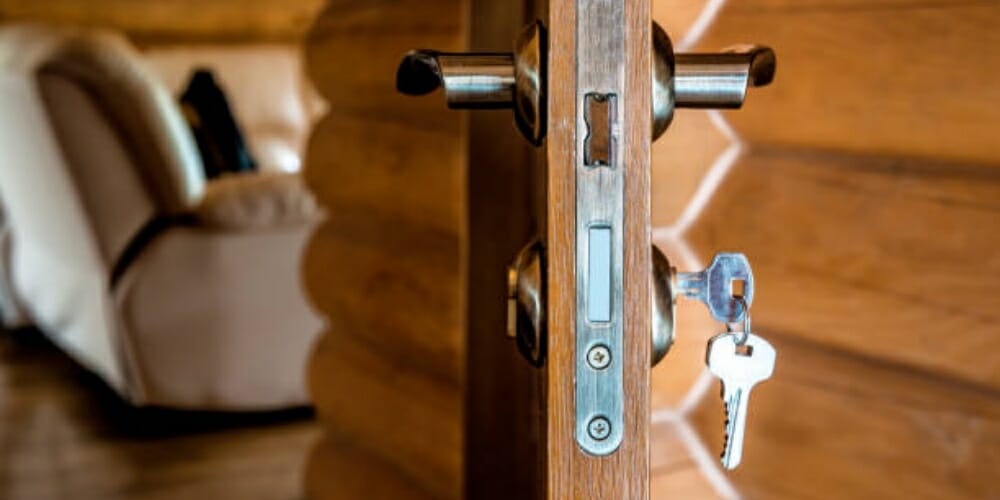Internal and external components are found in every door lock. The door components of your lock work together to allow you to open or close a locked door. A portion called a tang is entirely within the cylinder when the door is unlocked. When the door is locked, the tang is halfway in and out of the cylinder.
In general, door locks work with keys and aligned pins to unlock or lock the door. The keys are built with patterns that, when inserted into the lock, pins will move according to the key’s sequence. And if it is the correct key, you will have access to the door. Otherwise, it will remain locked.
You can fix lock problems on your own with some research to better know how each part works. Now, if you are still confused about how a door lock work, let me show you. (1)
Door Lock Work Diagram
The majority of door locks and keys operate on pins or small components. They are little bars divided in half and must be aligned for the key to turn and unlock the door; otherwise, the pin locks the cylinder in the lock mechanism (the orange) against the door lock’s box (gray). (2)
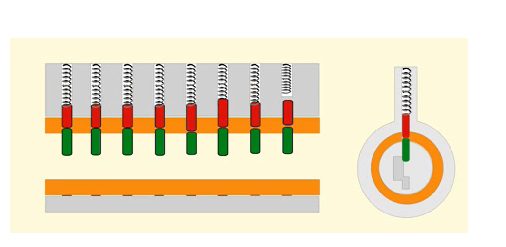
Each of the patterns on the key is designed to align one pin in the appropriate position for unlocking. This is referred to as the combination. As you insert your key into the lock, the pins move until seated on the key sequence. At least half a pin will block the cylinder from rotating if the key does not fit the appropriate combination.
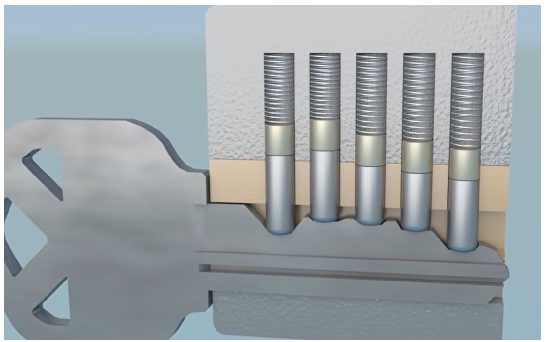
The spring-loaded pins within the cylinder keep the lock locked. Unless the right key is inserted, the spring-loaded pins prevent the cylinder from turning. If the key is the correct one, all you need to do is turn the key to gain access to whatever the door lock is guarding.
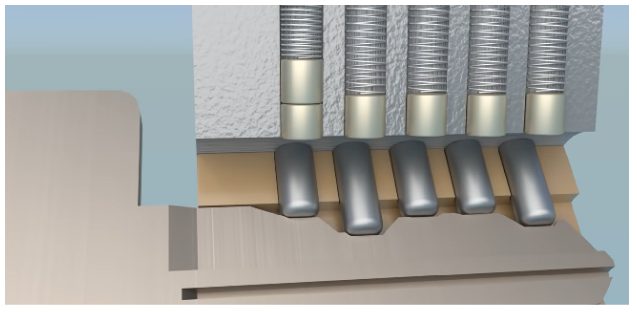
Some door knobs have a button on the inside of the door, and when pressed, it will release the spring. It will allow the door to be locked. These door knobs are frequently built so that when the inner doorknob is cranked, the cylinder will spin, and the tang will be withdrawn without a key. However, the exterior doorknob will often require a key to open in these circumstances.
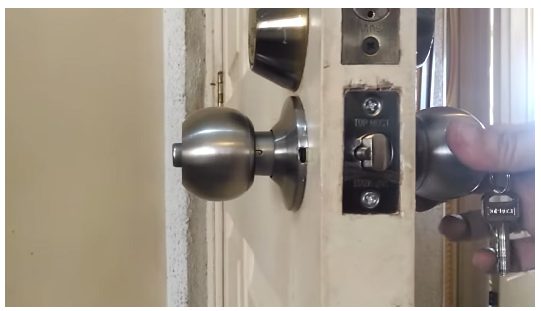
Door Lock Parts
Learning door lock mechanisms will be easier if you comprehend the features and functions of each component. Below are the door lock parts and their functions:
Lock Body
The cylinder or the lock body is the door lock component where the key is inserted. When the cylinder is locked, it engages a set of spring-loaded pins that will prevent the cylinder from rotating. When the pins move into their proper positions, it identifies the correct key. This “opens” the cylinder, allowing you to open the door by moving the bolt.
Bolt
The bolt or latch is what keeps the door from swinging open. The latch is lifted out of the door jam when the doorknob is turned. And because you cannot rotate the knob, the latch will not disengage if the door is locked.
Strike Plates
The strike plate is a metal attached to the door frame. It is directly across from the lock. If the door is closed, the strike plate on the door frame is also where the latch fits. Lips on certain striking plates maintain the bolt in the proper place.
Rotor And Keyway
The lock section where the key is inserted is known as the keyway. Meanwhile, the rotor is the component of the lock that rotates when the proper key is entered. You may find it within the lock’s cylinder.
Spring And Cotter Pin
When the spring is compressed, the cotter pin connects with the grooves in the key. When the door is unlocked, it also causes the rotor to revolve. On the other hand, the spring keeps the rotor from rotating until the proper key is entered.
Spindle
A spindle is a metal rod that links the door’s two doorknobs on either side. When the doorknob is twisted, the spindle turns and retracts the latch, opening the door.
Handle Or Doorknob
The house owner’s grip is provided by the doorknob or handle. The external handle is the doorknob that is located on the outside of the door. You can find the internal knob on the inside. Brass is used for the majority of doorknobs.
Take a look at some of our related articles below.
References
(1) research – https://library.georgetown.edu/tutorials/research-guides/15-steps
(2) gray – https://www.wikihow.com/Make-Gray

